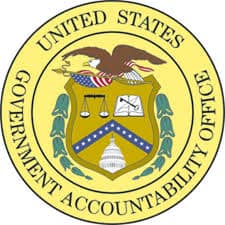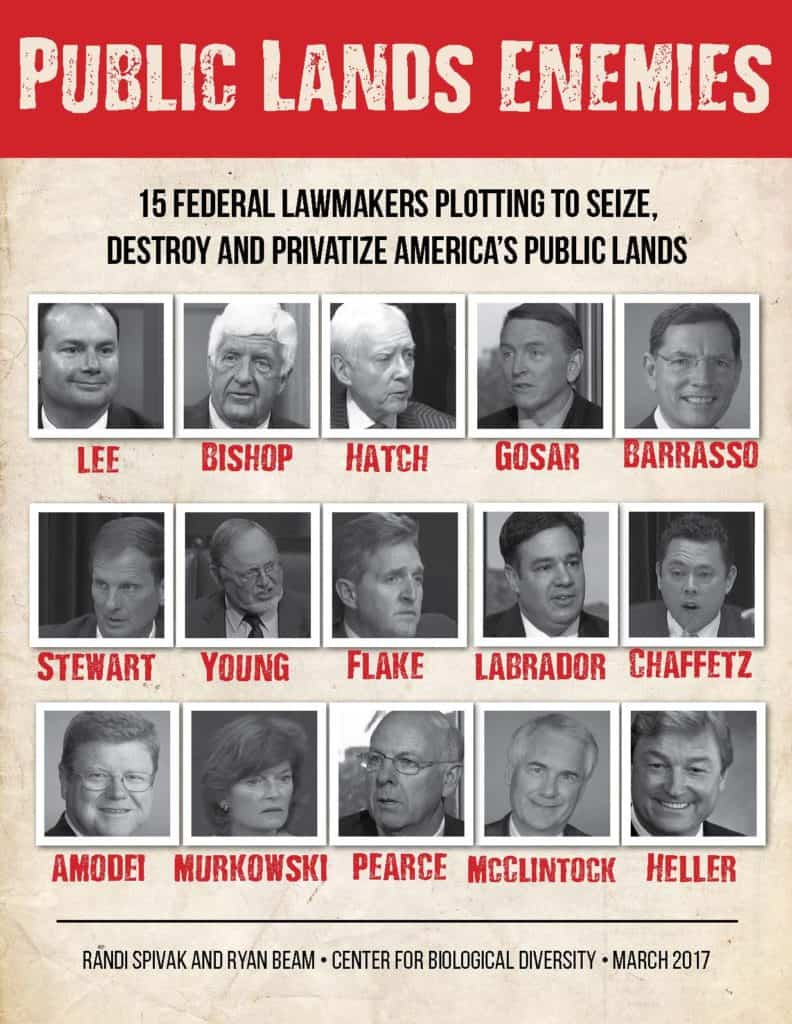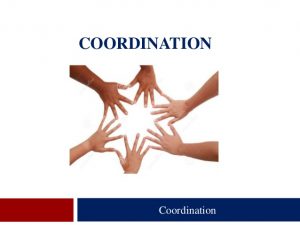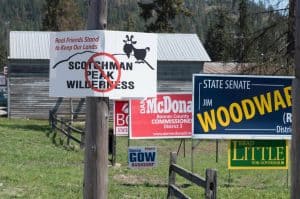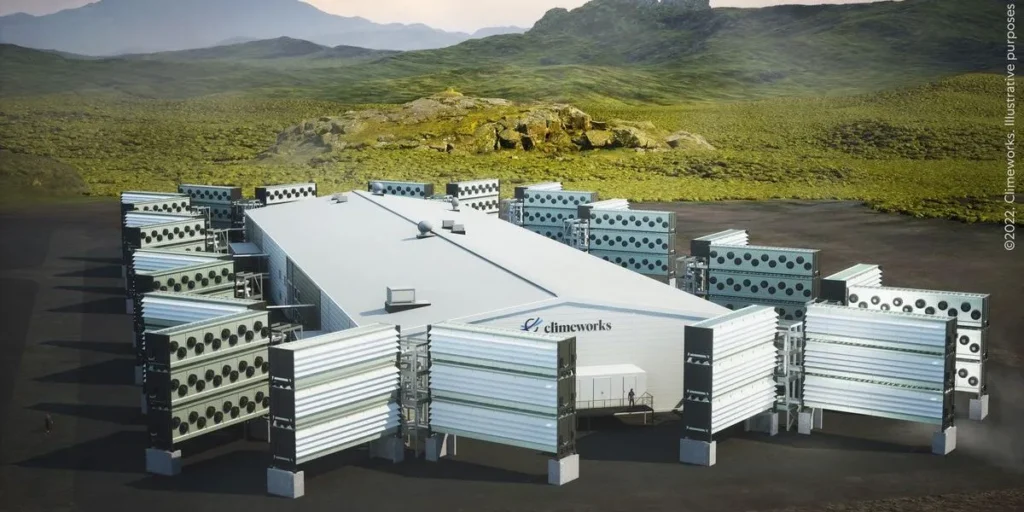
From the news release:
The U.S. Department of Agriculture’s Forest Service today announced a Notice of Proposed Rulemaking (NPRM) that would allow the agency to consider proposals for potential carbon capture and sequestration projects on national forests and grasslands. This proposal would harmonize the framework between the federal government’s two largest land managers by aligning with regulatory structures already established for the U.S. Department of Interior’s Bureau of Land Management.
If this amendment is finalized, applications for carbon sequestration on national forests or grasslands would be considered for permanent use. The proposed regulation changes the initial screening criteria to allow the Forest Service to consider proposals for carbon capture and sequestration projects and does not allow for any other permanent uses on national forests and grasslands.
From the Federal Register:
The United States Department of Agriculture, Forest Service (Forest Service or Agency), is proposing to amend its special use regulations, which prohibit authorizing exclusive and perpetual use and occupancy of National Forest System lands, to provide an exemption for carbon capture and storage.
Carbon dioxide injected in pore spaces may remain for over 1,000 years after injection and would be tantamount to an exclusive and perpetual use and occupancy if authorized on NFS lands.
The proposed rule would not authorize carbon capture and storage on NFS lands. Rather, the proposed rule would exempt proposals for carbon capture and storage from the initial screening criterion prohibiting authorization of exclusive use and occupancy of NFS lands, thereby allowing the Forest Service to review proposals and applications for carbon capture and storage and to authorize proposed carbon capture and storage on NFS lands if, where, and as deemed appropriate by the Agency.
Proposals for underground storage of carbon dioxide would have to meet all other screening criteria, including but not limited to consistency with the applicable land management plan, potential risks to public health or safety, conflicts or interference with authorized uses of NFS lands or use of adjacent non-NFS lands.
Of course it would have to be consistent with forest plans, but would a forest plan that authorizes “exclusive and perpetual use and occupancy” of national forest lands be consistent with the Multiple-Use Sustained-Yield Act? (Is the BLM different in this regard?) I assume that’s why the existing special use regulations are written to prohibit permanent uses. Maybe this should be viewed as a question of divesting ownership rather than a permitted special use.

